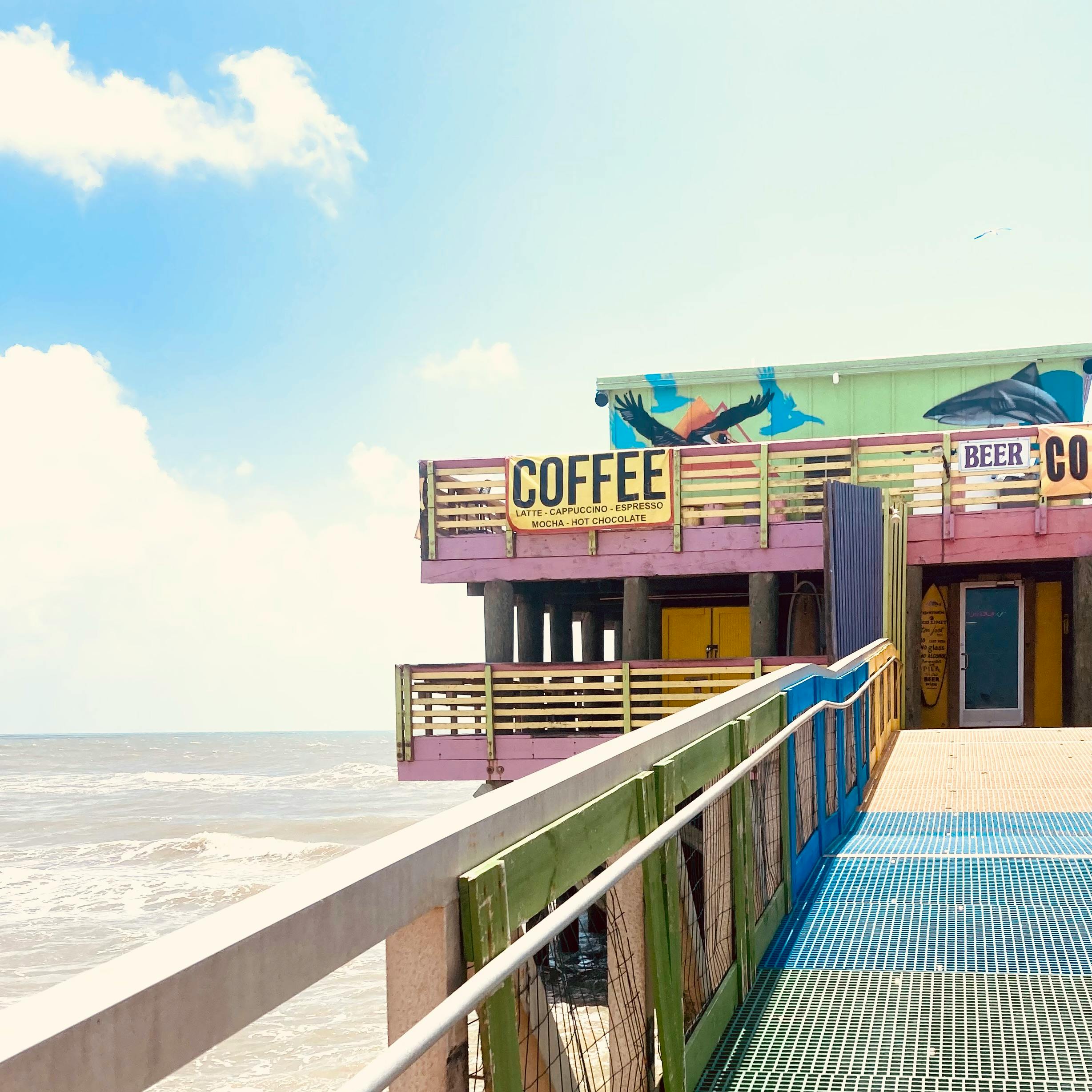
On September 8, 1900, Galveston faced the deadliest natural disaster in U.S. history. The Great Storm not only reshaped the physical landscape of the island but also the spirit and resilience of its people.
Before the Storm
At the turn of the 20th century, Galveston was the largest city in Texas and a major port. Known as the “Wall Street of the South,” it was a thriving commercial center with a population of nearly 38,000.
The Storm Hits
The hurricane brought winds exceeding 135 mph and a storm surge that reached 15 feet above sea level. With no early warning system, residents were caught off guard by the storm’s intensity.
Aftermath and Recovery
An estimated 6,000 to 12,000 people lost their lives. The city was in ruins, but the survivors were determined to rebuild. This led to one of the most ambitious engineering projects of the era.
The Seawall and Grade Raising
To protect against future storms, Galveston built a massive seawall and raised the entire city by as much as 17 feet. This engineering marvel still protects the island today.
Legacy
The Great Storm transformed Galveston from a major commercial hub to a city focused on tourism and port activities. The resilience shown by its citizens became a defining characteristic of the island’s identity.